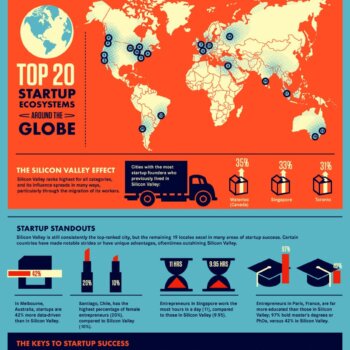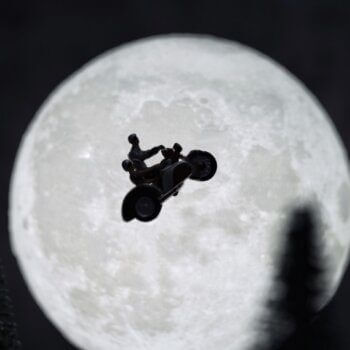To explore the surface of Mars as a whole, scientists have focused almost exclusively on a portion of its surface, called the ‘Celestial latitudes’. It has a latitude of about 55 degrees north, and a longitude of about 2 degrees south. The surface is cold at this latitude, and at a very specific location, in a crater-filled region called the Meridiani Planum, where Earth is closest to Mars.
When we look at the evening sky over Mars, we usually see the same sky over a variety of different views.
The Sun makes an appearance, but a combination of small dust grains and dust storms is visible. During Mars’ annual winter, it is a little brighter than the rest of the planet, making it difficult to capture with a small telescope.
On average, the Sun appears as a little reddish-orange due to dust in the atmosphere.
For this Martian year, I will likely look up at a clear night, with a couple of dark spotlights on a tripod or small telescope at about 7:30 pm. For several hours, I will observe the bright Sun rise, and then return to the same spotlight at twilight. From the moonlit mountain pass above the pass, I will then look down into a valley, and then up into the pass.





























